Vibrant colours are an eye-catching way for a district to stand out and transform any visitor’s view on city aesthetics. There are also many interesting historical anecdotes and practical reasons behind some of these colourful places.
How has adding a splash of striking paintwork impacted the way people interpret and interact with the space?
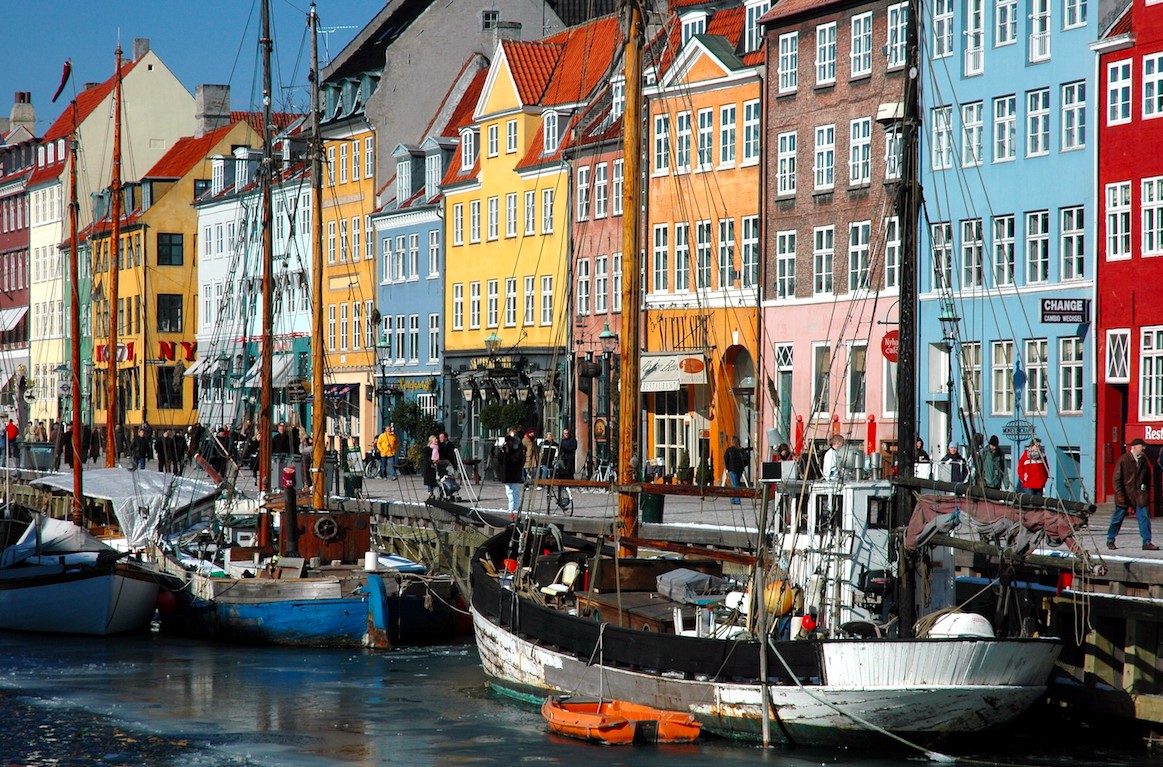
Copenhagen – the capital of colour
The home of author Hans Christensen Anderson is beautifully artistic, ideally suited to a creative mind. Tourists from across the world now enjoy the colourful harbor in the Nyhavn district of Copenhagen.
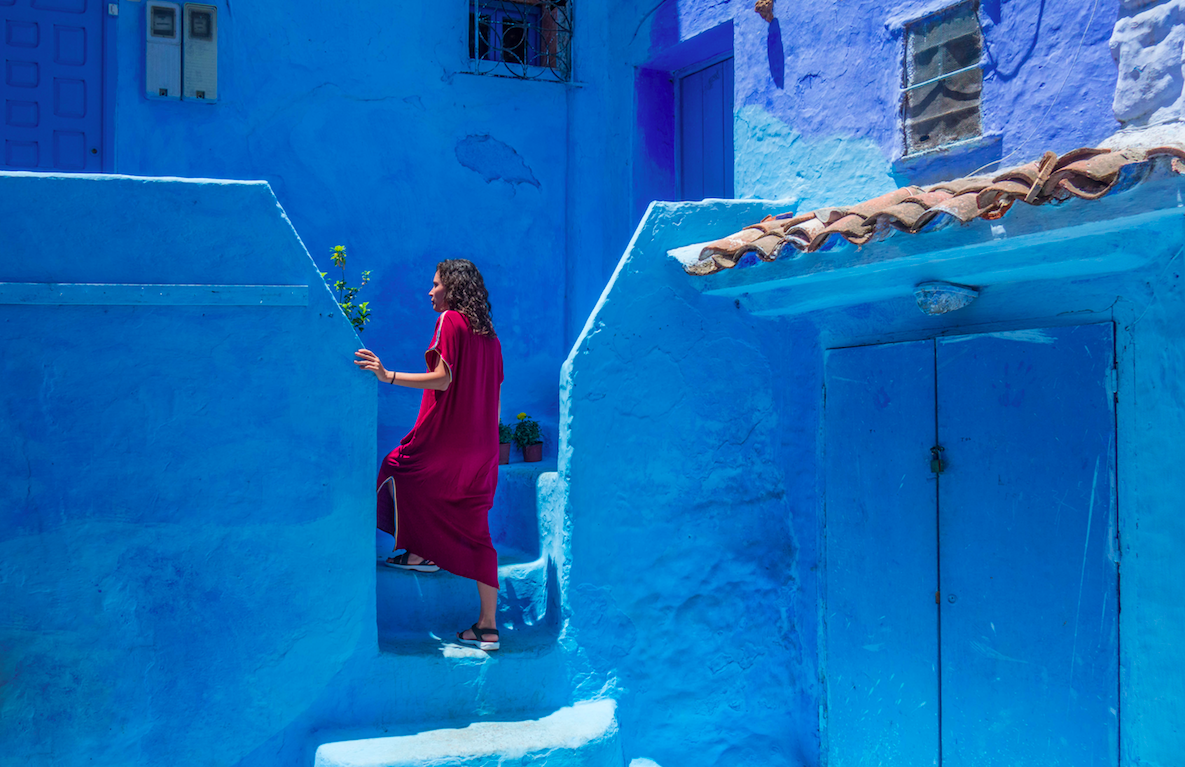
A blue view in Chefchaouen
The ‘Blue Pearl’ is a well-known city in Morocco, tucked away right between the Rif mountains. The history of the blue paint is particularly interesting. Some locals believe the blue shades help to repel heat and mosquitos, while others believe the blue paint has religious significance. Either way, the sea of blue houses has certainly helped to create a distinctive town.
Residents transform Pachuca together
Hundreds of houses in the low-income Las Palmitas neighbourhood were transformed into a giant mural. The community project involved a collection of artists tasked with bringing the town together, and what an astounding effect the project has had. Encouraging community integration through cleverly connecting the artwork across the landscape of buildings has not just reignited community spirit; it has put Pachuca on the map.
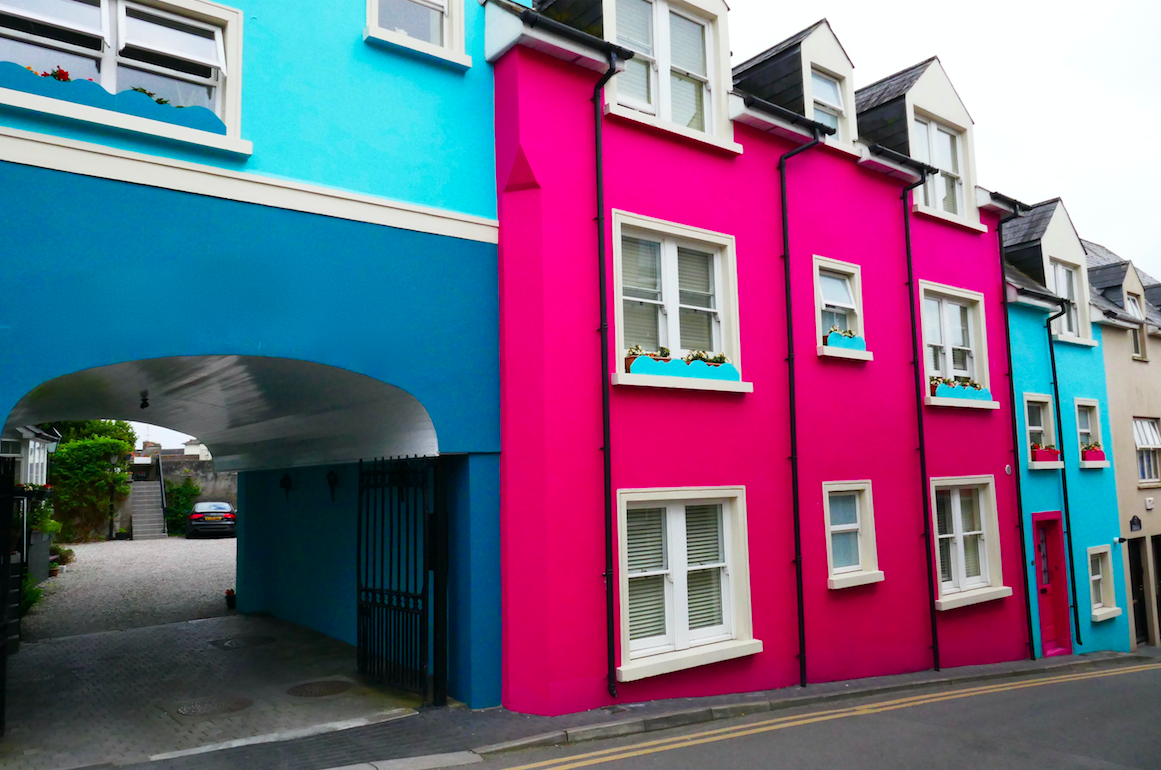
Kinsale is a visitor’s paradise
Tucked away in the south of Ireland, this town is known for its brightly coloured shops. The bright colours are perhaps more of a tourist attraction than a colour choice embedded in rich history, but visitors and locals remain intrigued.
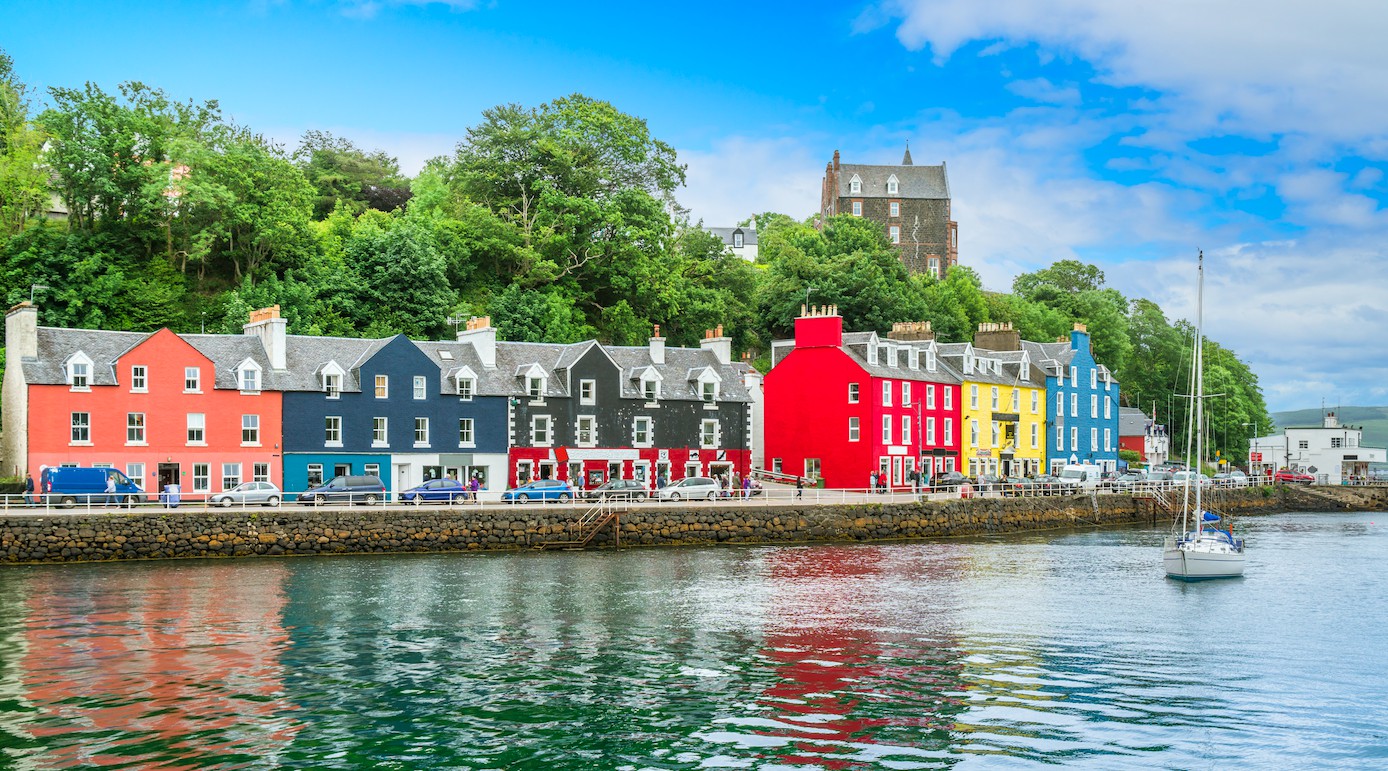
Tobermory (aka Balamory)
The colourful houses in this Scottish town are best known for their famed appearances on classic TV show ‘Balamory’. It’s not uncommon to hear Britons refer to colourful towns or houses as ‘just like Balamory’ thanks to this well-known trendsetter.
Picturesque Procida
Stunning houses on this Italian island are each painted in a distinct pastel colour. It’s said that the buildings were initially painted so fisherman could spot their houses from the sea. These days, tourists love to marvel at the bright town (taking plenty of photographs along the way, of course!)
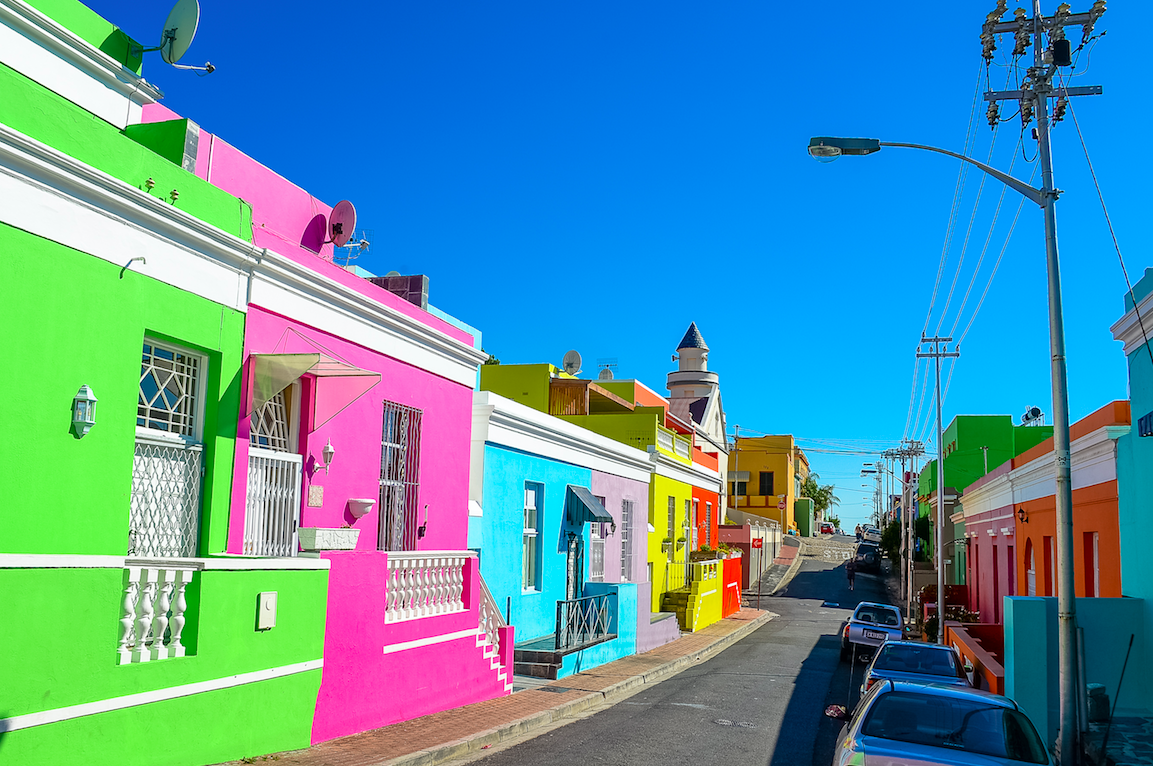
Bright colours in Bo-Kaap
This Cape Town street is painted in bright hues to mark the end of apartheid in the 90s. The colourful range of buildings showcases a culture of celebration.
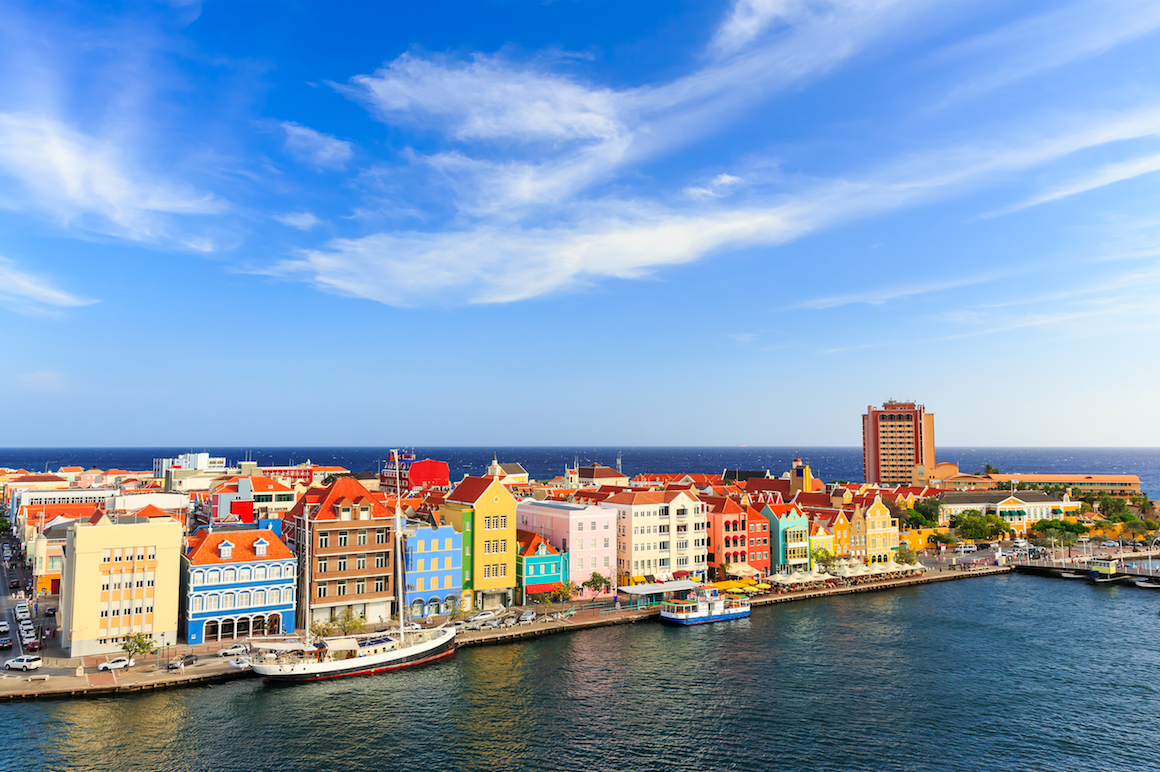
Willemstad ditches white for wellbeing
This world heritage site has an interesting history. Rumour has it that, way back in the 19th century, Dutch Governor-General Albert Kikkert ordered the typical white buildings in the area to be transformed into a more colourful landscape. This helped to prevent his migraines caused by the sunlight reflecting off the buildings.
Fast forward to the 21st century and we’re still using colour to influence our health and wellbeing. Soft blues and greens, for example, are often used to invoke a calming sense of nature.
Nettleton Road brings the community together through colour
The slightly less glamorous setting of Gloucester has taken inspiration from other UK towns such as Bristol and Tobermory. Each house has been painted a different colour in order to represent the diverse residents. The colourful street stems from the idea of one landlord who managed to convince the entire road to paint their home.

Colour lights up Longyearbyen
There’s plenty of history to this Norwegian town, from coal-mining roots through to its proud claim as the most Northern town in the world (though we think some members of our Leeds office might disagree…) However, the reason for these colourful houses has yet to be discovered. This leads us to ask the question… does there ever need to be a reason to stray from ‘traditional’ design?

Burano becomes official
The fishermen who first lived here began painting their houses bright colours as a way of differentiating their homes with those nearby and in other neighbourhoods.
Each home is repainted every two years, adhering to a strict colour scheme so no two neighbours have the same coloured house. Homeowners wanting to paint their home even have to get the approval of the local government!

DS.Emotion brightens up Dukes Lane
Our team implement colourful visual strategies in our place marketing campaigns – just take a look at the impressive paintwork at Dukes Lane, Brighton. The vibrant Dukes Lane brand colours helps to establish a bold sense of identity and arrival, thus providing a colourful welcome for visitors of the Lane.
Colour is coming to town
The aesthetic benefit of a brightly coloured town is clear – but the implications spread far and wide. It boosts local economy by bringing in new visitors and also provides a more vibrant and energy-filled place to live. Many of these colourful towns report seeing their communities transformed, with neighbours connecting on a much deeper level now they have a shared goal and pride in their town.
The DS.Emotion team understand the importance of creating a place that reflects the culture of its community and have the expertise to make magic happen. Get in touch if you’d like to discuss creating successful places with us.